History repeats itself as women on the 2020 campaign trail receive more negative coverage than their male peers
The women running for president in 2020 continue to receive more negative press than their male peers, according to updated and expanded findings from the Storybench Election Coverage Tracker at Northeastern University School of Journalism. This is the latest example of a troubling trend. Feminist scholars have repeatedly documented deep, systematic gender bias in election coverage, arguing that the phenomenon dates back to 1872, when suffragist Victoria Woodhull became the first woman to seek the American presidency.
Although the number of current female presidential candidates is unprecedented, the challenges they face in terms of lopsided news coverage are not. Here’s a quick sampling of conclusions from studies examining gender dynamics in past election cycles: Female candidates (for the most part) receive less attention than their male counterparts. The coverage they do receive tends to focus on their appearance or their personal lives as opposed to their ideas and professional experience. And stories about women politicians tend to have a negative tone.
That last point — that female candidates receive the brunt of negative coverage — is especially pertinent to the work we’re doing here at Northeastern’s School of Journalism. Our Election Tracker’s initial findings from earlier this year hinted that, when it comes to gender bias, the 2020 campaign isn’t that different from past election cycles. Now we’re updating our work with a bigger sample. After analyzing 4,251 articles published across 29 outlets from April 17 to May 30, we show that media coverage about female candidates tends to be more negative than coverage of their male counterparts.
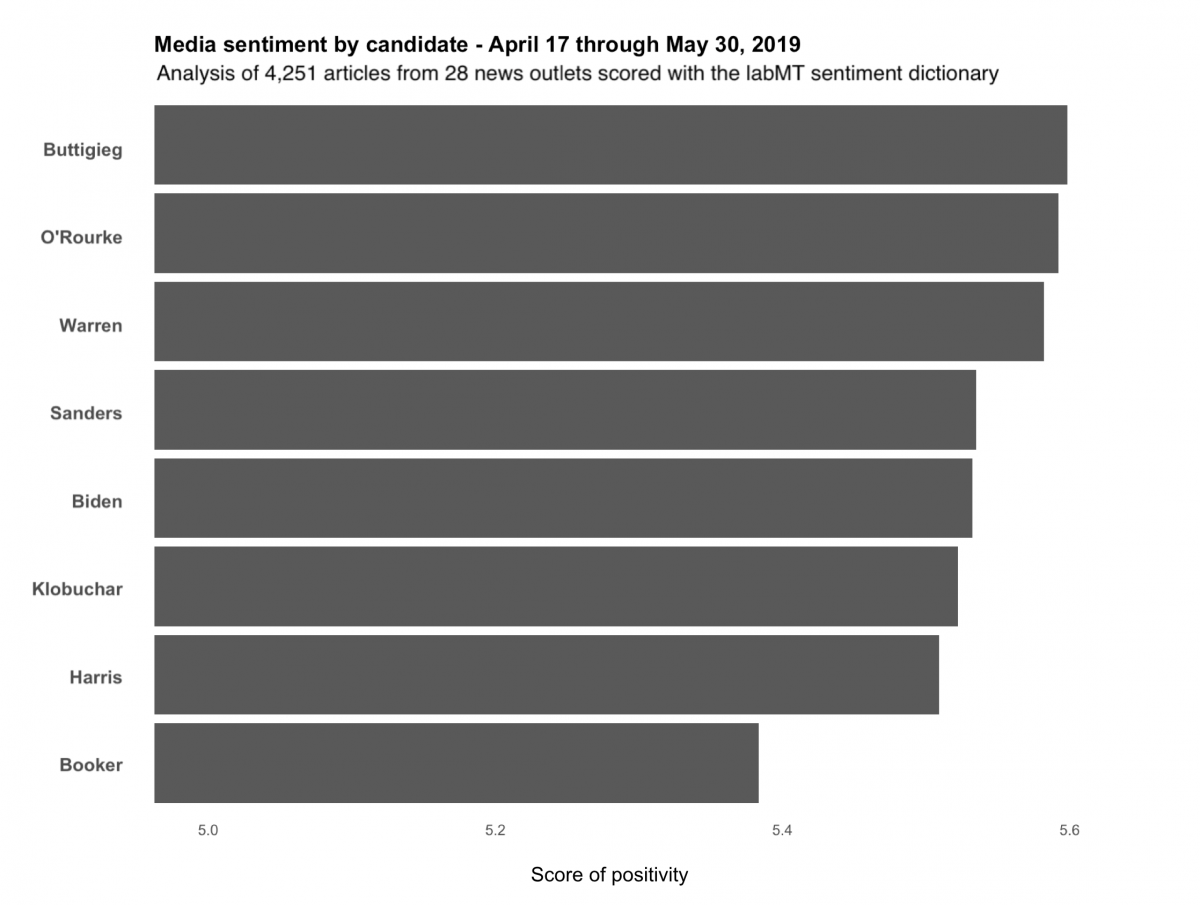
Breaking this out by media bias, which we scored according to Media Bias/Fact Check, we see that right-leaning media organizations consistently treat all candidates in a more negative light.
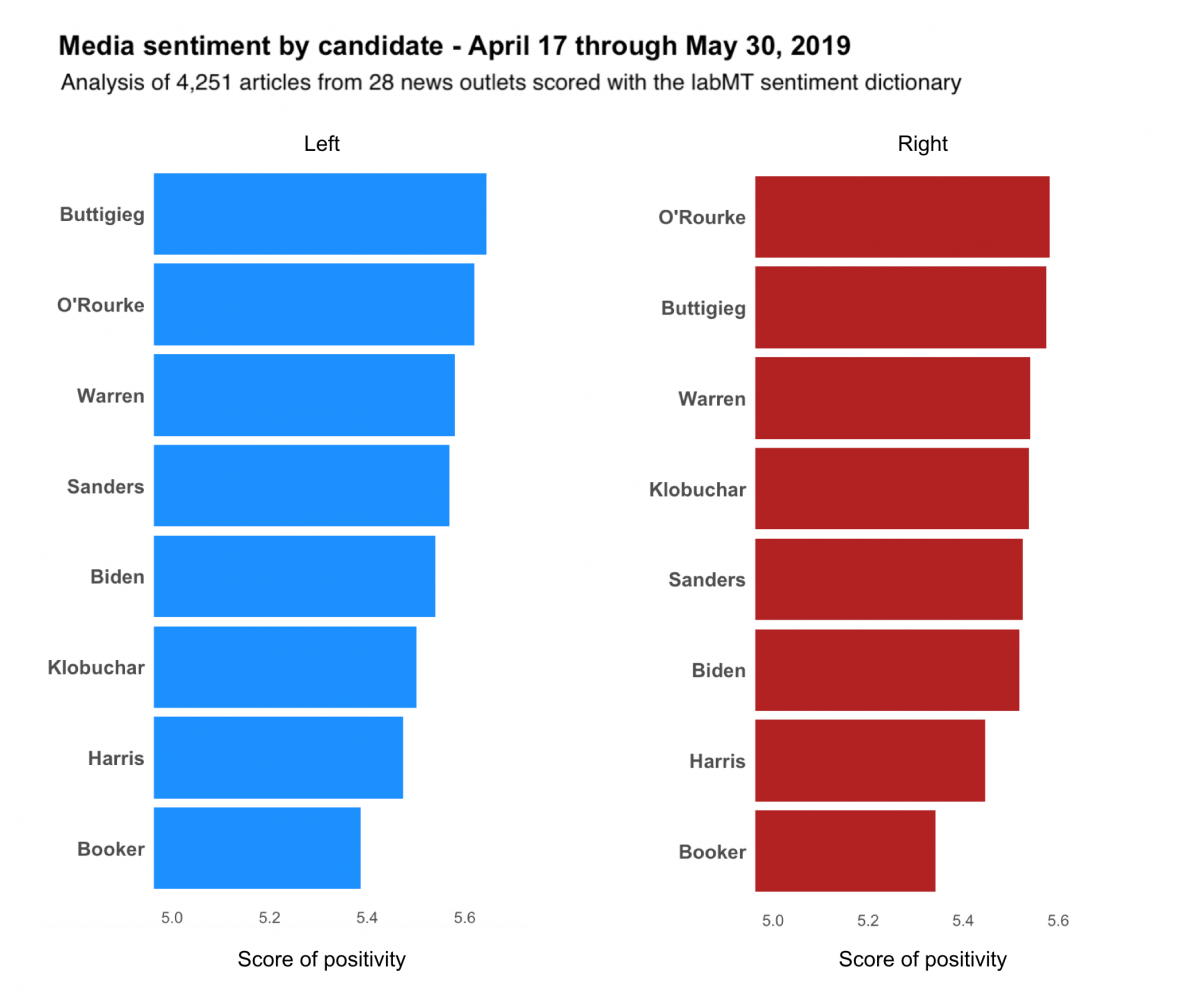
Looking at how individual news organizations cover female candidates versus their male counterparts, we found that all tended to cover the men, on average, more positively than the women – with the exception of CNN, Guardian U.S., Business Insider, NBC News, Fox News and Vox, which covered female candidates more positively on average than male candidates.

The sheer number of women running for president this year presents an unprecedented opportunity to explore gender dynamics in political coverage. That said, plenty of women have run for public office in the past, and their campaigns have inspired a variety of academic inquiries into the role gender plays in news coverage of candidates. Perhaps the best overview of this phenomenon at the presidential level comes from Erika Falk, author of Women for President: Media Bias in Nine Campaigns. As the title implies, Falk examined newspaper coverage of female candidates starting with Woodhall in 1972 and ending with Hillary Clinton in 2008. (The book was published in 2010, before Clinton’s 2016 campaign.) In each of these races, she found evidence that news stories about female candidates tend to portray female candidates as unviable, overemphasize their physical appearance and focus more on their family lives than their policy agendas.
Reporters, she found, also tend to describe female and male candidates using terms that support gendered stereotypes — for instance, women are emotional and men are rational. And newspapers usually devote less space and fewer stories to female candidates. All of this, Falk argues, has serious consequences. “Being ignored by the press or being portrayed as a loser almost certainly becomes prophecy,” she wrote. “When those media patterns involve classes of people and persist across time, however, the concern is not only for a particular candidate, but also for society at large.”
In short, the specter of unfair coverage makes it less likely women will run for office.
Falk is one of many scholars conducting research in this area. Here’s a sampling of work we found interesting:
- This 2001 study by Sean Aday and James Devitt compared coverage of Elizabeth Dole’s 2000 presidential campaign to that of her male opponents. She received less press than George W. Bush but more than Steve Forbes and John McCain. The coverage she did receive, though, was heavily focused on her personal traits, not her policies. A similar study conducted five years later by Caroline Heldman, Susan J. Carroll and Stephanie Olson had similar findings.
- This essay by Diana B. Carlin and Kelly L. Winfrey explored the sexist stereotypes applied to Hillary Clinton and Sarah Palin during the 2008 presidential primary and general election. Their findings illustrate that gender bias transcends party affiliation. The negative coverage both women received, they argue, made it more difficult for them to be taken seriously as candidates.
- Speaking of Palin, this 2011 study by Philo C. Washburn and Mara H. Wasburn found some news magazines paid more attention to Palin than her male counterpart, Democratic vice presidential nominee Joe Biden. They also argue that she embraced gender stereotypes to boost her appeal with female voters.
- Finally, here’s a study from Amanda Haraldsson and Lena Wangnerud that looks at media sexism in elections worldwide. They argue that high levels of media sexism translate to fewer female candidates for public office.
Journalists have, of course, made some progress over the last few decades in the way they portray female candidates. In 1984, for instance, Denver Post columnist Woodrow Paige infamously observed that Democratic vice presidential candidate Geraldine Ferraro had “nicer legs” than her opponent and wondered if she would be the first vice president to enter a wet T-shirt contest. But, as our findings show, modern political journalism is not immune to gender bias.
We’re continuing to monitor coverage of the 2020 campaigns and will have an update shortly after the debates in late June. (We also have preliminary evidence that, when it comes to campaign coverage, male reporters vastly outnumber female reporters on the campaign trail.)
Methodology
We queried Media Cloud for 4,251 news articles published between April 17 and May 30, 2019 by 28 media outlets – including CNN, The New York Times, BuzzFeed, The Daily Caller, Breitbart and Fox News – mentioning one of the following 2020 candidates in the headline: Joe Biden, Cory Booker, Pete Buttigieg, Kamala Harris, Amy Klobuchar, Beto O’Rourke, Bernie Sanders or Elizabeth Warren. After scraping article text with Python’s newspaper3k package, we used R’s tidytext package to tokenize, remove stop words, and apply sentiment analysis. We scored the full text of news articles about each candidate against a dictionary containing 10,222 words assigned an average positivity score between 1.44 and 8.50. The “score of positivity” we calculate for each candidate is an average of all the scorable words that have been written about them in our dataset.
P.S. If you have examples of gender bias in campaign coverage either current or historical, tweet them to @meg_heckman using the hashtag #2020gendertracker
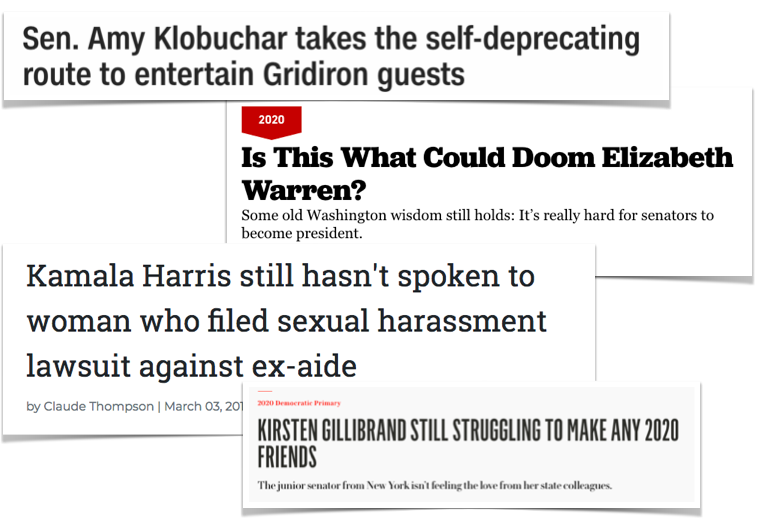
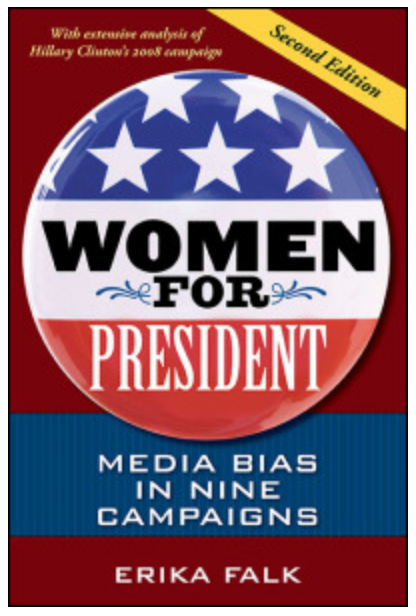
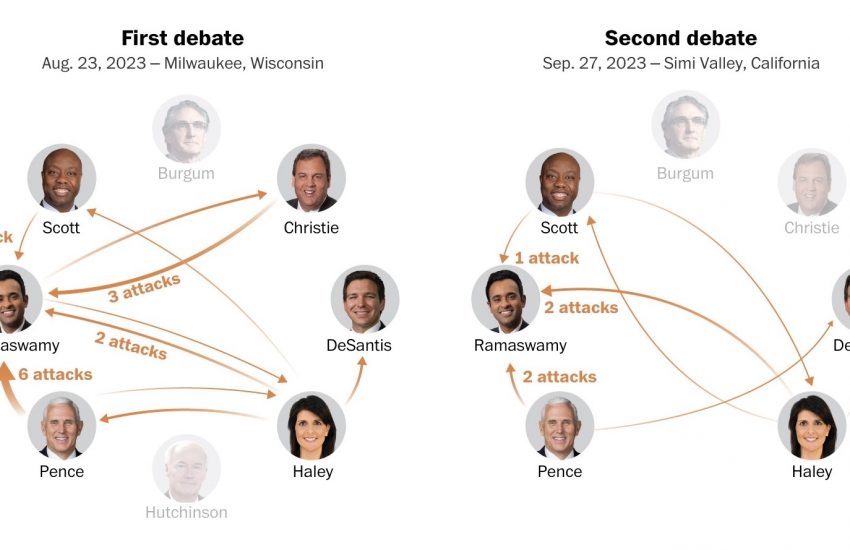
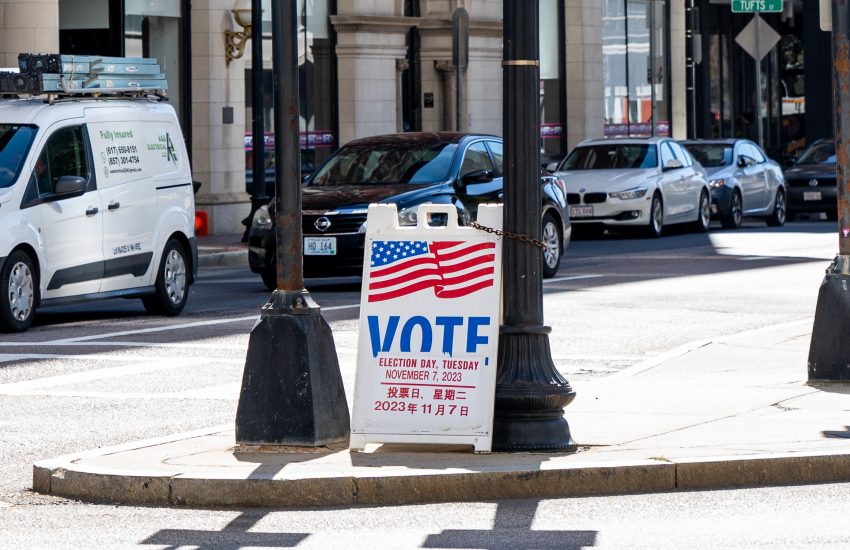



The black candidates have rank at the bottom. The article says absolutely nothing to that end♂️! That’s my take away♂️